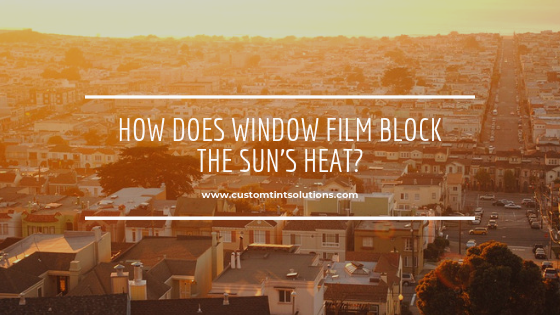

Everyone loves big, wide windows that let in tons of natural light. Windows help keep energy costs low by reducing our need for artificial light sources. But the heat that they let in can have a counteractive effect. Especially if your home or office gets a lot of mid-day sun, you may find that those big, bright windows are letting in more heat than you can bear.
That’s where window film comes in. Window film is one of the easiest ways to block the sun’s heat and control the temperature of a building. Not only is it quick and easy to install, but the results are truly remarkable. You can
feel the difference in temperature right away. And the best part is, that it accomplishes this without decreasing natural light even in the slightest. That’s right, the room stays just as bright as it was before.
You may wonder, how is this even possible? How can you block heat without blocking light? Well, it’s all thanks to something called spectrally selective technology.
How Visible Light Is Different from Heat
In order to understand how window film works, it’s important to know some basic concepts about light and the electromagnetic spectrum. The electromagnetic spectrum is made up of several different frequencies of light, most of which we can’t see at all. The visible light that our eyes can identify (VLT) is different than the frequencies that carry heat (infrared). Infrared rays are longer than visible light rays.
How Does Window Film Work?
Window film uses spectrally selective technology to reject heat without blocking light. It’s made up of stacks of ultra thin layers of PET which contain heat-rejecting prisms and are bound together to create a single unit. Some films also contain dye, metal, or ceramic particles that naturally reflect heat. Only certain frequencies of light can get through its surface. Visible light passes through the film and the glass pane of the window with no problem at all, while infrared heat is halted abruptly. This gives the film the ability to reject heat without reducing brightness.
Different Types of Window Film
The creation of spectrally selective technology has given us a whole new way to control heat and light indoors. This has given rise to the development of several different types of solar control window film, each with their own unique abilities. Here are some of the more popular choices:
Get More Information
Installing window film for your home, office, or school is a great way to improve energy efficiency, maximize comfort, and increase natural light. And there are no shortage of options to choose from. You can get everything from decorative glass film printed with a fun pattern to safety window films that also provide solar control. For more information on different options and how they work, please contact our office.

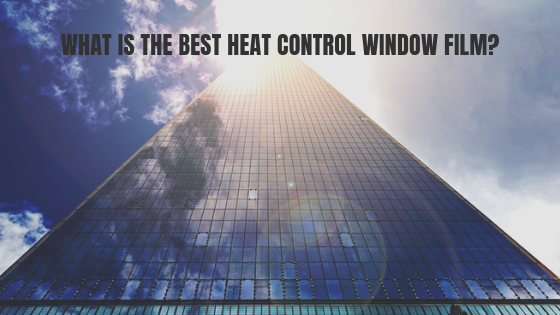

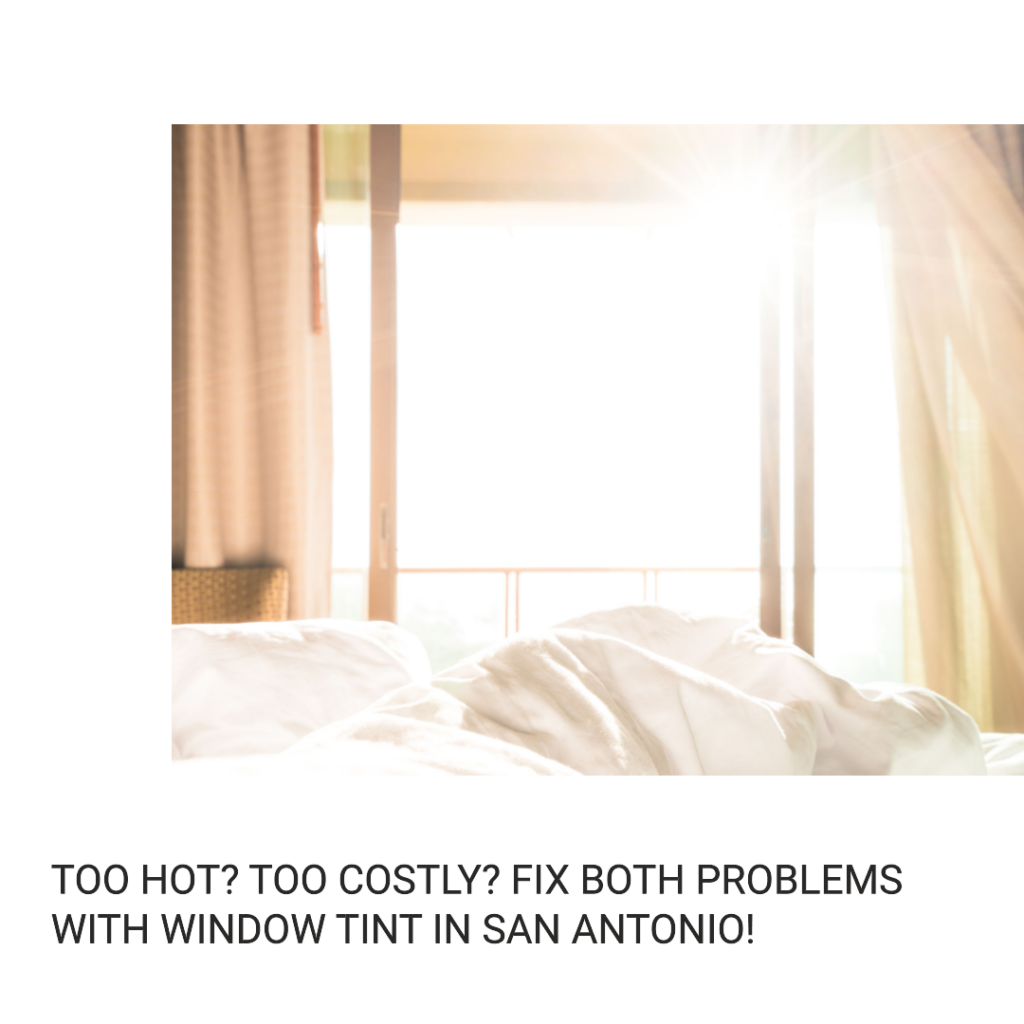
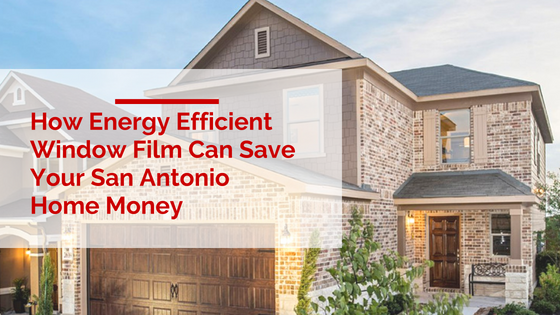
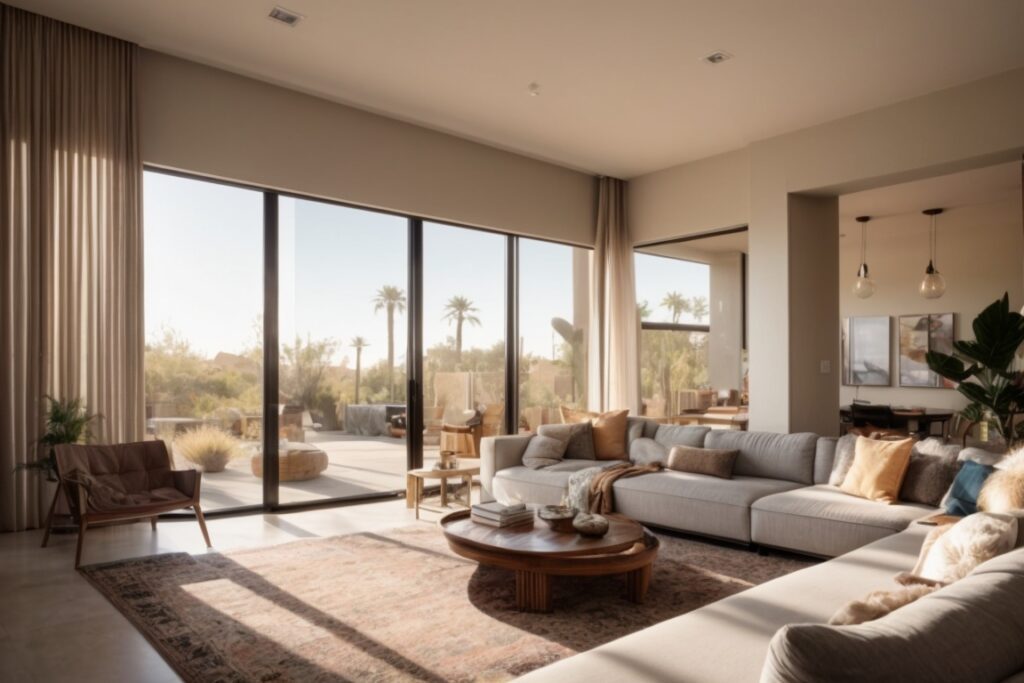
About The Author: Mike Kinsey, Author at Custom Tint Solutions
Mike Kinsey uses his knowledge of window film products and industry innovations to help customers find simple, versatile solutions for meeting their architectural goals. As the Operations Manager for Custom Tint Solutions, he is the head of sales, customer relations, and product education and also personally oversees all window film installs from start to finish. His fifteen years of experience combined with his background in construction and project management sets him apart as an expert in his field. Mike's qualifications are extensive and are backed by certifications from 3M, EnerLogic, and AIA for continuing education.
More posts by Mike Kinsey, Author at Custom Tint Solutions